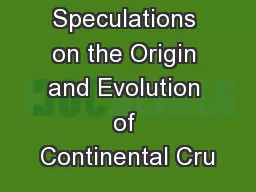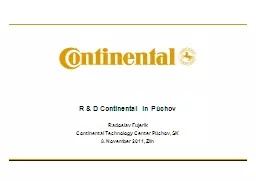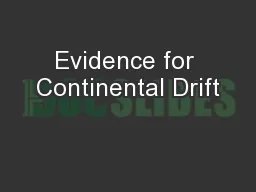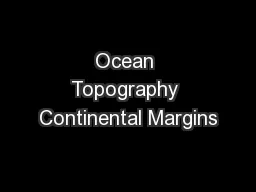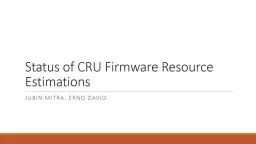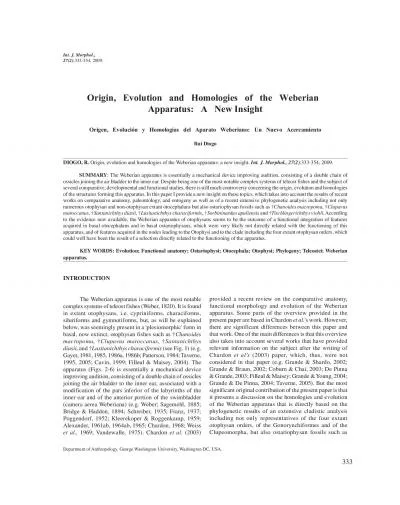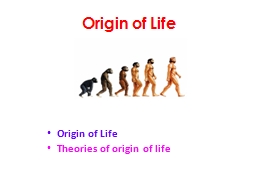PPT-Speculations on the Origin and Evolution of Continental Cru
Author : lindy-dunigan | Published Date : 2015-11-01
Earths thermal evolution poorly understood parameterized models yield contrasting predictions wrt onset of plate tectonics possibility of discontinuous transitions
Presentation Embed Code
Download Presentation
Download Presentation The PPT/PDF document "Speculations on the Origin and Evolution..." is the property of its rightful owner. Permission is granted to download and print the materials on this website for personal, non-commercial use only, and to display it on your personal computer provided you do not modify the materials and that you retain all copyright notices contained in the materials. By downloading content from our website, you accept the terms of this agreement.
Speculations on the Origin and Evolution of Continental Cru: Transcript
Download Rules Of Document
"Speculations on the Origin and Evolution of Continental Cru"The content belongs to its owner. You may download and print it for personal use, without modification, and keep all copyright notices. By downloading, you agree to these terms.
Related Documents

